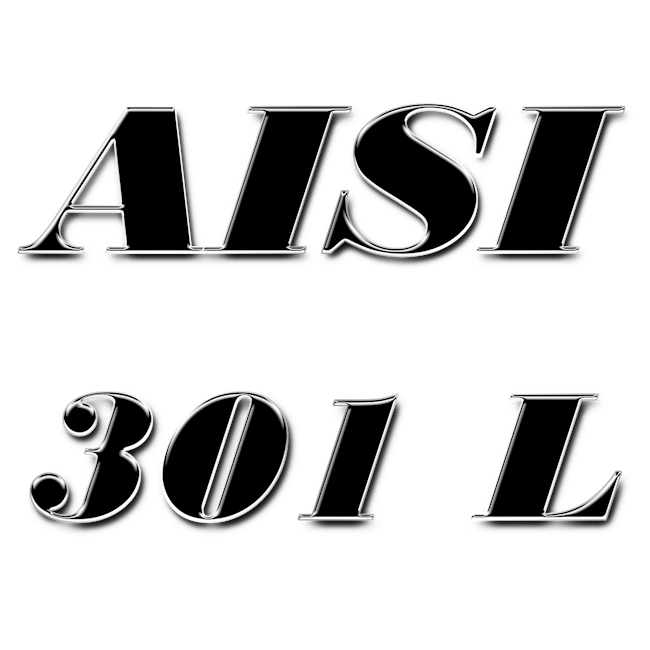AISI 301L is an improved version of AISI 301. The combination of strength and ductility allows this steel to withstand serious forming methods. Corrosion resistance comparable to AISI 302.
This steel is widely used:
- urban and railway transport;
- heavy and medium engineering;
- mining equipment;
- household appliances;
- medical equipment.
Physical properties
| Modulus of elasticity, GPa | 193 |
| Specific heat capacity at +20°C, J/kg*K | 500 |
| Thermal conductivity at +20°C, W/m*K | 15 |
| Thermal conductivity at +100°C, W/m*K | 16,3 |
| Thermal conductivity at +500°C, W/m*K | 21,5 |
| Density g/cm³ | 7,9 |
AISI 301L has good corrosion resistance at normal temperatures and under moderate corrosion conditions.
Technological properties
The steel shows good oxidation resistance at temperatures up to 840 °C (intermittent use) and 900 °C (continuous use). Exposure above 400 °C causes a gradual loss of the work hardening effect, and the strength at 800 °C is equivalent to annealing. Under creep conditions, the strength of hardened 301L even decreases to a lower strength than that of annealed 301L.
⓵ Welding
301L can be used for all standard welding methods, and in most cases AISI 308L filler metal can be used to weld 301L. 301L or 301LN welds do not require annealing.
⓶ Cold processing
AISI 301L low carbon steel is used for high strength applications. It has a very high strain hardening rate of about 14 MPa/% Ra (for every 1% of cold working surface reduction, the tensile strength increases by 14 MPa), cold rolling and cold stamping can achieve very high strength, part of the strain hardening of austenite is transformed into martensite. 301L is not magnetized under annealing conditions, but becomes strongly magnetic after cold working.
Chemical composition of steel grade AISI 301L | ||||||||
| C | Mn | Si | P | S | Cr | Ni | N | Fe |
| <0,03 | <2,0 | <1,0 | <0,045 | <0,030 | 16,0-18,0 | 6,0-8,0 | <0,20 | Other |
